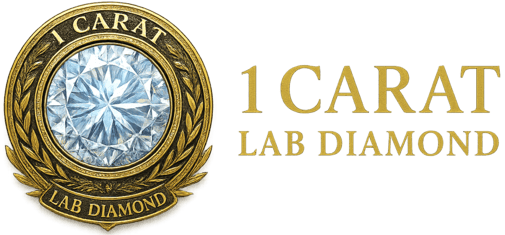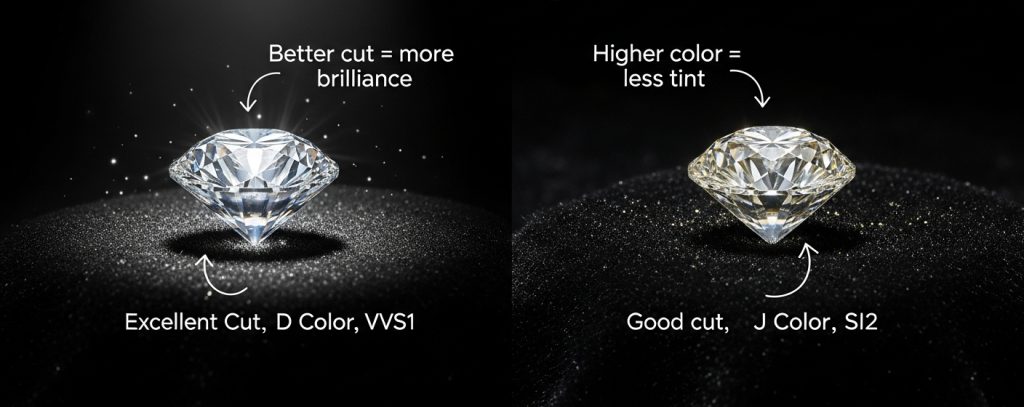Is Your Jewelry Secretly Hating on Your Skin? Signs You Need Hypoallergenic Jewelry
Ever slipped on a stunning pair of earrings, only to end up with itchy, red ears that feel anything but fabulous? Or maybe that gorgeous ring you adore leaves an irritating rash behind. Ouch! If your jewelry is turning against you, don’t worry. Your skin’s not being dramatic. You might just need hypoallergenic jewelry. But how do you know for sure? And more importantly, what can you do about it? Grab your favorite cup of coffee (or wine—no judgment!) because

